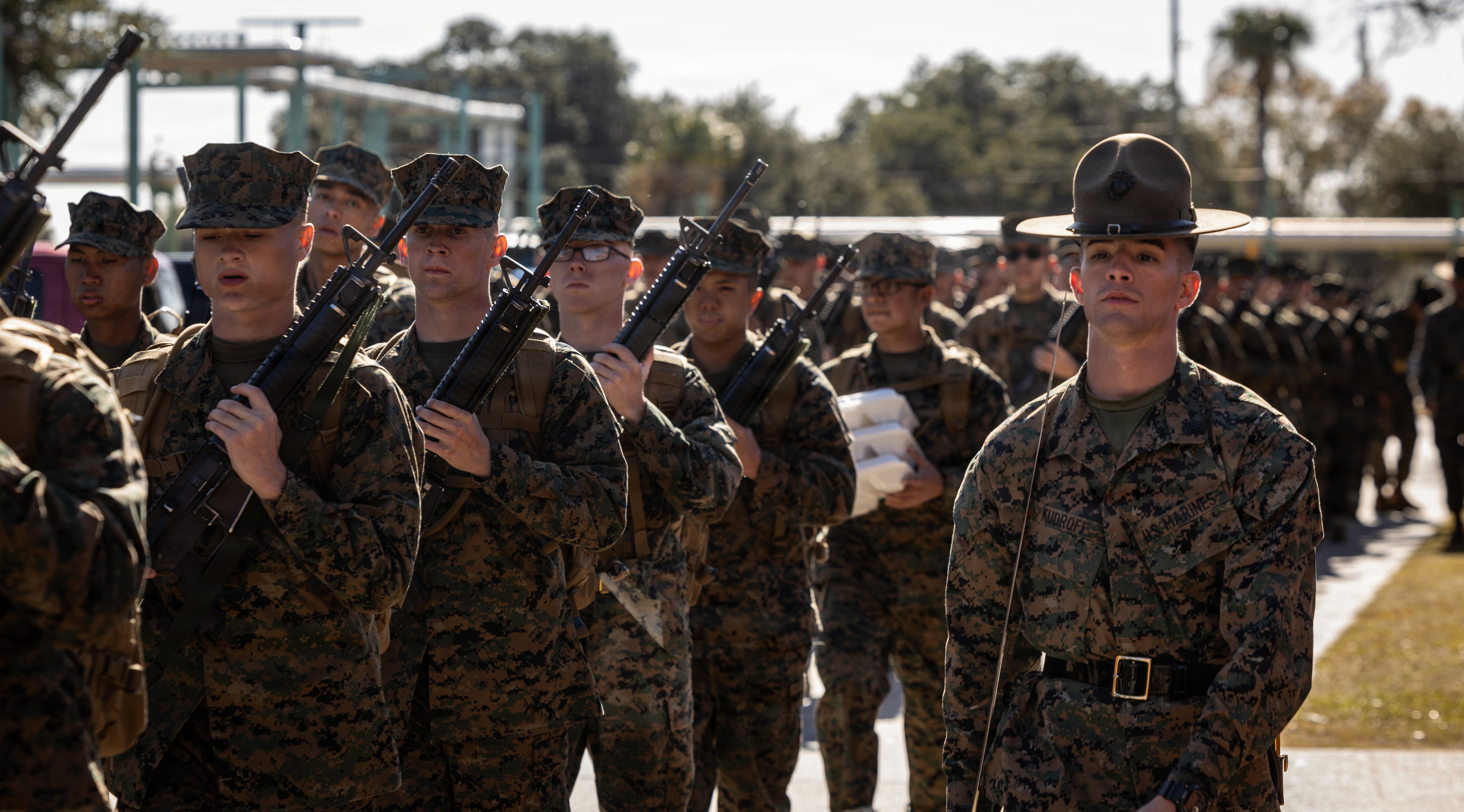The Coast Guard's campaign for another heavy icebreaker made a leap forward Tuesday when President Obama announced he would moved up the plan to buy the powerful special duty cuttership by two years.
During an Alaska tour to promote America's role in the warming Arctic, Obama said he would propose moving up the acquisition timetable for the service's next polar icebreaker up from 2022 to 2020 and call for construction on several more, according to a White House release.
"These heavy icebreakers will ensure that the United States can meet our national interests, protect and manage our natural resources, and strengthen our international, state, local, and tribal relationships," the statement said.
Global warming is melting the floating sea ice that has long made this region intractable for ships and is opening the region the resource-rich region to industry. With greater vessel traffic and oil and resource drilling, the Coast Guard has said it needs to bolster its small and aging icebreaker fleet to be ready to rescue ice-locked ships.
Commandant Adm. Paul Zukunft, who has been making the case for a plussed-up icebreaker fleet throughout his tenure as service chief, hailed the president's decision.
"The President's announcement demonstrates that the United States is an Arctic nation and affirms the Coast Guard's role in providing assured access to the polar regions," Zukunft said. "We look forward to working with the administration, Congress and the many other Arctic stakeholders to ensure these platforms meet our national security objectives well into the 21st century."
The Arctic has been high on Zukunft's priority list, as record amounts of ice melt and the waters become more navigable year-round. The service has three heavy icebreakers to its name: Polar Sea, a 1977 model that has been in lay-up since a 2010 engine failure; Healy, a research ship; and Polar Star, a working heavy icebreaker built in 1976 that which deployed to Antarctica's McMurdo Station last winter.
Thirteen percent of the world's untapped oil and 30 percent of its natural gas are in the Arctic, Zukunft told Navy Times in March, and that's going to draw a crowd sooner or later.
"As the Coast Guard cutter Polar Star [a heavy icebreaker] breaks into [Antarctic research station] McMurdo, if they have a main console failure, if they have a crankcase explosion and now they're beset in ice, I don't have a buddy system," Zukunft said.
Polar Star can also be called upon to break other ships out of ice, as it did for an Australian fishing vessel last winter, but the Coast Guard has no way to bail itself out of a similar situation. A heavy icebreaker has a shaped bow and reinforced hull that can pound through sea ice, using the vessel nearly 11,000 long ton weight to break ice underneath.
That ship count is down from seven the Coast Guard commanded after World War II, according to the White House statement. In contrast, Russia has 40 icebreakers and another 11 in the works, the release said.
"The growth of human activity in the Arctic region will require highly engaged stewardship to maintain the open seas necessary for global commerce and scientific research, allow for search and rescue activities, and provide for regional peace and stability," Obama said.
To make the waters safer, Obama will also propose new mapping and charting efforts in the Bering, Chukchi and Beaufort seas. And earlier this year, the Army Corps of Engineers started looking into places to construct deep-water harbors north of Dutch Harbor, where the Coast Guard has a marine safety detachment.
New icebreakers will do more than rescue trapped vessels. Their missions include conducting and supporting scientific research, defending U.S. sovereignty in the Arctic, monitoring sea traffic and conducting regular Coast Guard missions like marine resource protection and law enforcement.
Meghann Myers is the Pentagon bureau chief at Military Times. She covers operations, policy, personnel, leadership and other issues affecting service members.





